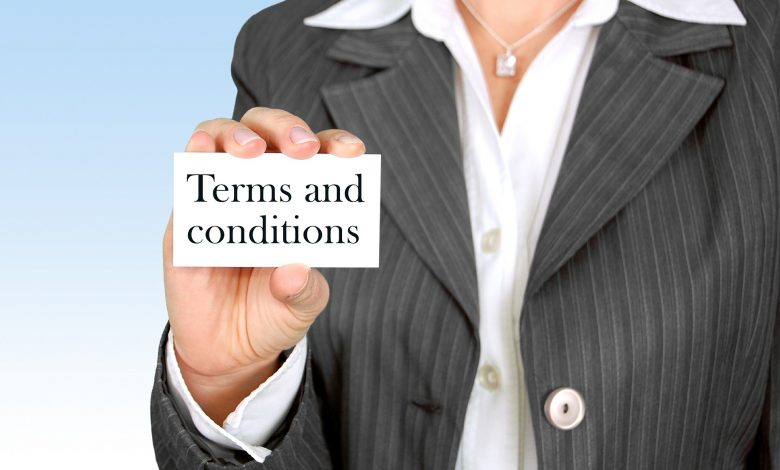
Everyone is out to screw you over.
Alright, not really, but on the legal side of things, if you adopt this mindset from the beginning, protecting your business is a lot less stressful in the long run. Please keep in mind, I am far from an expert on legal matters, nor are my recommendations the end-all-be-all as the legal system shifts quite often. Consult with your legal counsel on all issues relating to the topics in this article.
Licensing, visual copyright, and usage
Eric Schrijver, author of “A Graphic Designer’s Guide to Copyright,” notes that it is always a good idea to establish ownership and usage rights at the beginning of the creative process. Usually, the designer owns the copyright to the design and allows the client to use the creative result for an intended purpose. In certain countries, labor is billed separately as copyright royalties have a more favorable tax assignment.
Some companies in our industry give full art rights to clients. At AMB3R Creative, we charge an additional cost for art release with full rights, minus the use of that design for our portfolio.
Industry veteran and illustrator Brian Kalt of kaltmachine.com, notes that licensing art has to be a win/win experience for the artist and the manufacturer: “Successful manufacturers already have powerful art teams that can produce impressive design. If you don’t have an established branded concept, you have to offer BETTER generic art than the manufacturer can build.”
Contractual agreements with clients and vendors
Payment terms
Do not rely solely on a client’s word when it comes to billing with payment terms. I have seen companies lose tens, if not hundreds of thousands of dollars by extending too liberal of terms to clients or not bringing in an external factor to buffer the risk. The more you streamline this process, the more accurate you can make your cashflow health predictions.
Terms and conditions
Be sure to outline terms and conditions stating the idiosyncrasies of custom apparel. Easily readable and comprehendible terms are better, as you want the client to understand what they are getting into instead of just clicking “accept” without a second thought. We have our terms available on our website. They’re attached to official quotes, and we require clients to re-accept every year. These are viewable at www.amb3r.com/terms-conditions.
Clearly outline the following topics in your terms as a minimum:
- Customizing Products: State manufacturing restrictions, artwork process, and creative rights should clearly.
- Shipping and Deadlines: Give reasonable expectations and define what happens if there is a delivery delay
- Payment: Mention when and how the customer needs to pay
- Returns and Refunds: Ensure the client understands in which circumstances custom items are refundable and what that process looks like
If you are a distributor, establish a vendor agreement that clearly defines what happens when things go amiss to create a solid working foundation. With slim margins in our industry, this helps deter problems with the customer as you’ll have a reference to determine where responsibility lies in the production process.
Internal documents and legality topics
Operations agreement
If you have been operating as a sole proprietor or considering an apparel startup, a major consideration is how to set up your business, which varies by state. The option you choose will have drastic long-term implications for your tax implications and personal liability. Generally, you’ll need to file as a Limited Liability Company (LLC), S-Corporation, or C-Corporation.
If you have business partners, establishing an operations agreement should be the first thing you do to avoid any ambiguities. According to SBA.gov, the operating agreement includes, but is not limited to:
- Percentage of members’ ownership
- Voting rights and responsibilities
- Powers and duties of members and managers
- Distribution of profits and losses
- Holding meetings
- Buyout and buy-sell rules (procedures for transferring interest or in the event of a death)
Employment agreements
Employment contracts are a necessary document to protect your intellectual property, supply chain, and customers. I have seen a handful of companies that failed to have them in place and were heisted by their employees who proceeded to steal clients or do business off the books. While you can take legal action in most cases, do everything in your power to prevent this from happening in the first place, and you’ll avoid the financial and emotional toll. A few thousand dollars in legal fees upfront can help you save much more over time.
I am sure there are many more tips to include that the veterans of our industry could provide. By no means is this list all-inclusive, but these issues have proven fundamental throughout my career.
If you have any other legal tidbits to share, please email Marie Fennema at mfennema@nbm.com.



